This course was organized by Niigata University, Japan, with the participations of Sado Marine Biological Station (SMBS), Faculty of Biology - Hanoi National University of Education (HNUE), Bangladesh Agricultural University (BAU), Chattogram Veterinary and Animal Sciences University (CVASU), Fukuyama University (FU), Graduate University of Science and Technology (GUST), The University of Hong Kong (HKU), Hajee Mohammad Danesh Science and Technology University (HSTU) and Hiroshima University (HU).
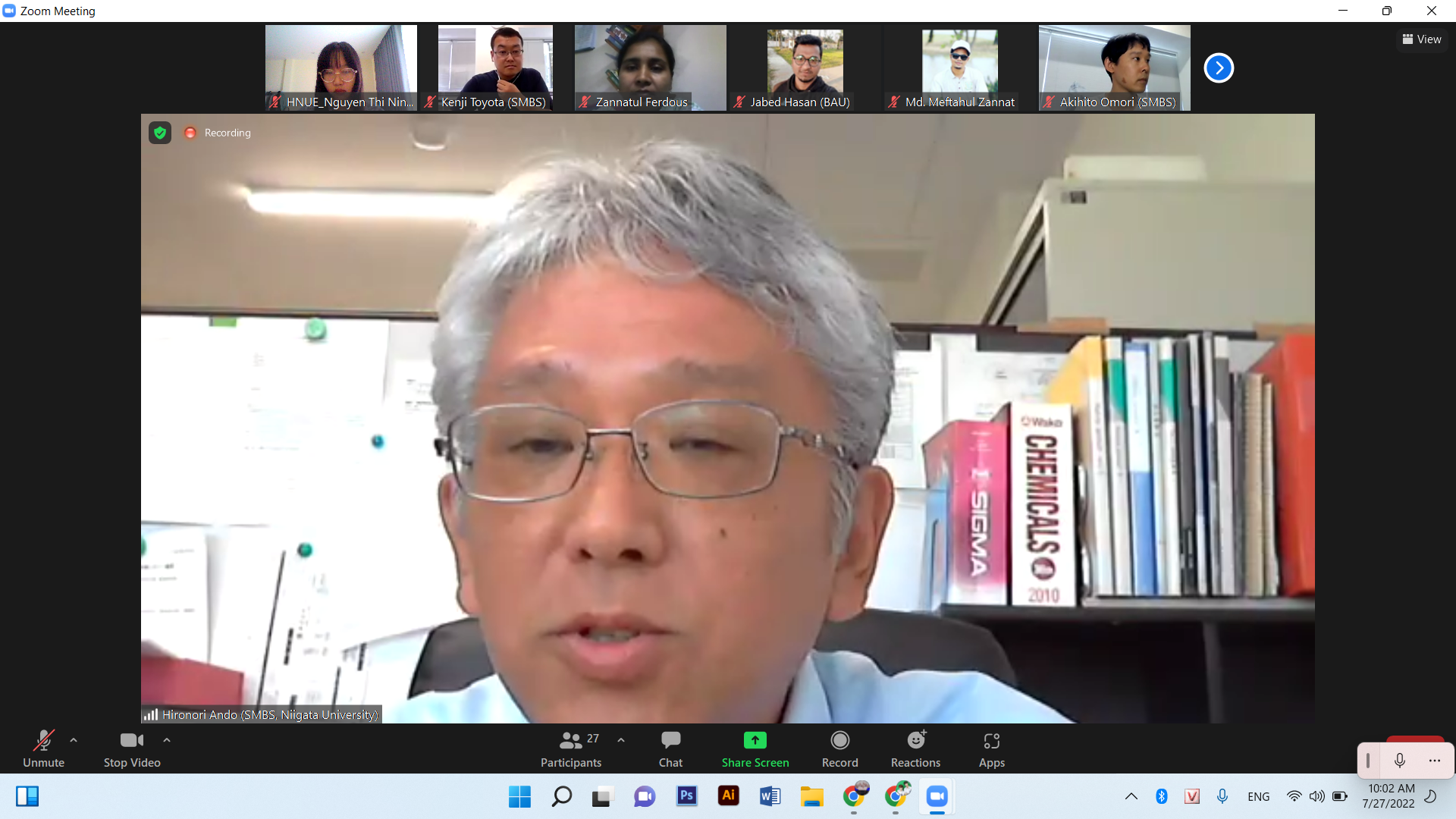
Figure 1. Prof. Ando made an opening remark
After the prologue by Prof. Ando - the director of the station, who opened the course, Assoc. Prof. Kenji Toyota introduced "Sado Marine Biological Station". The study area where the research takes place is located at Sado Marine Biological Station, if participating directly, the schools will have to go from Tokyo to Niigata by bullet train and it will take about 1 to 2 hours to reach Sato Island. Facilities at the center include boat house, dormitory wing, main wing. Sado Marine Biological Station has 1 doctor, 3 MS & UG students researching and accompanying this course. Assoc. Prof. Kenji Toyota continued to introduce online lessons and interesting experiences about this course, including: exchange sessions, as well as moments of direct fishing of marine species on the island and release them back into the sea.
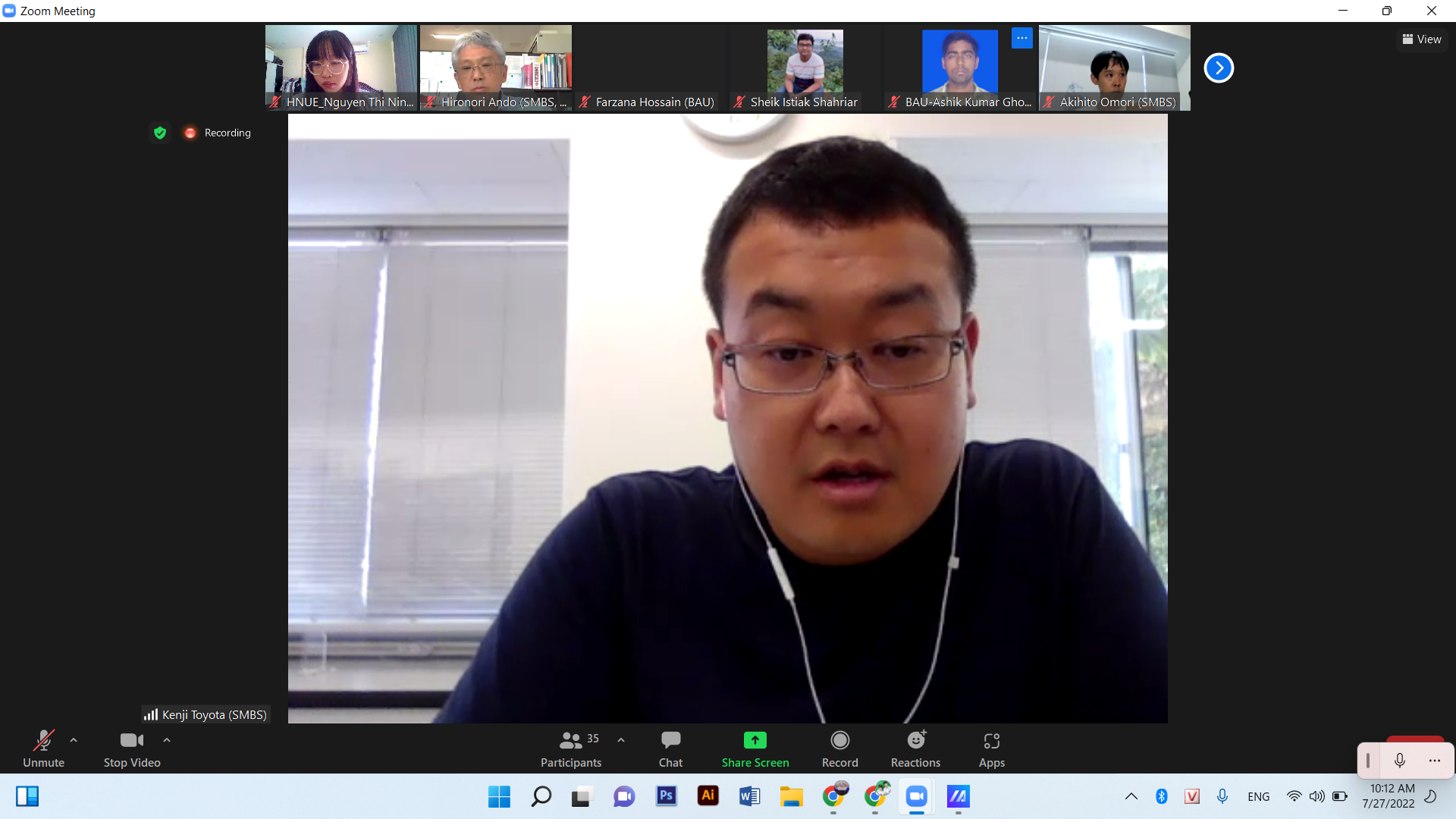
Figure 2. Assoc. Prof. Kenji Toyota introduced "Sado Marine Biological Station”
In the Icebreaking talk session, members of participating schools had an opportunity to talk to each other about themselves, their favorite things, and great moments from which each person will break down the language barriers along with the inadequacy of learning. Because of participating in an online course, there are still many difficulties in connecting members, by each member participating in small groups in separate rooms overcoming the above difficulties, this helps each member to be confident and have more opportunities to get to know each other.
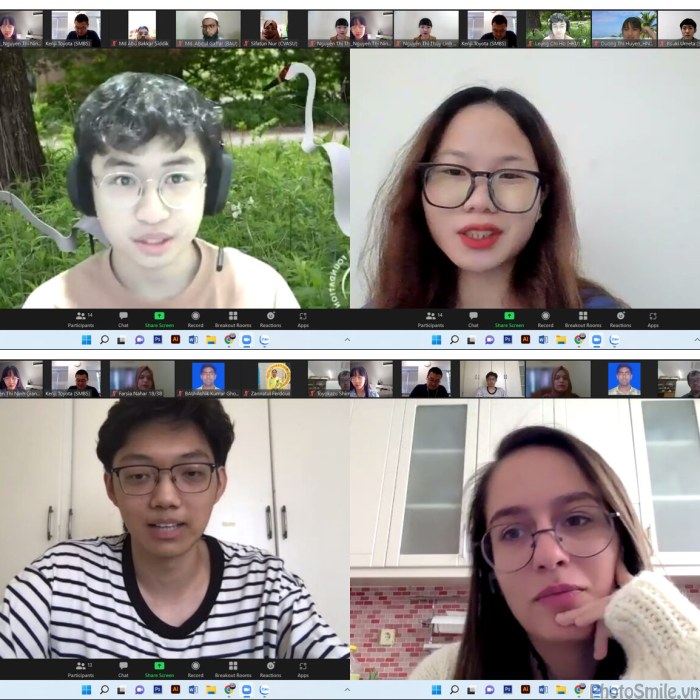
Figure 3. Participant’s self-introduction
The beginning of this year's course was a lecture by Assoc. Prof. Tran Duc Hau with the topic “New insights into gobies from tropical estuaries”. Through this topic, Assoc. Prof. Hau shared about “Species diversity of gobies in northern Vietnam and Early stages of gobies in tropical estuaries”.
Coming to lecture 2, we heard the sharing from SMBS group with the topic "Lesson on biodiversity of marine animals in Sado island by live broadcast". Lectures have been carefully prepared with videos and pictures of real creatures that were very attractive to listeners. In this topic, we heard and shared about the way animal feces from primitive to modern, climatic and environmental characteristics of the sea in Sado island and especially the author's group gave a phylogenetic tree, animal.

Figure 4. Assoc. Prof. Hau told about Species diversity of gobies in northern Vietnam
Lecture 3 (BAU) mentioned the following topics. Global warming for aquaculture challenges (Prof. Shahjahan), Early development and growth performance of striped catfish in climate caused salinity intrusion (Mrs. Hossain, Doctoral student) and Microplastic contamination of commercial dried fish from the Bay of Bengal (Mr. Hasan, MS Student). The issues coming from the BAU research team mainly revolved around understanding the physiology of fish and the effects of temperature and salinity, and the issues raised are urgent and global. These presenters had a very detailed preparation, which were able to share useful knowledge to all participants.

Figure 5. Microscopic images of isolated MPs
The second day, July 28th, was started by Dr. Izumi from Fukuyama University, Japan. The lecture was saying about “Dr. Kuragesan’s adventure for new species - hybrid work among field, aquarium, and laboratory”. At the beginning, he introduced about Fukuyama University and his laboratory. After that, he shared about how to find new species, conclusions of taxonomic study, sponge, amenome, and his hard journey in Hokkaido 2015. He also talked about aquarium discovery and the new species which Dr. Kuragesan has described. Finally, he presented Physalia physalis, which is famous as “electric jellyfish” in Japan and “Portuguese man-o-war” in the world.
Assoc. Prof. Wakabayashi from Hiroshima University, Japan took the next lecture. Her lecture had 2 parts: One was about jellyfish and the other about lobster larvae in life cycle of achelate lobsters, and its evidence eating jellyfish in the wild. She showed lobster larvae, jellyfish and the development of lobster larvae.
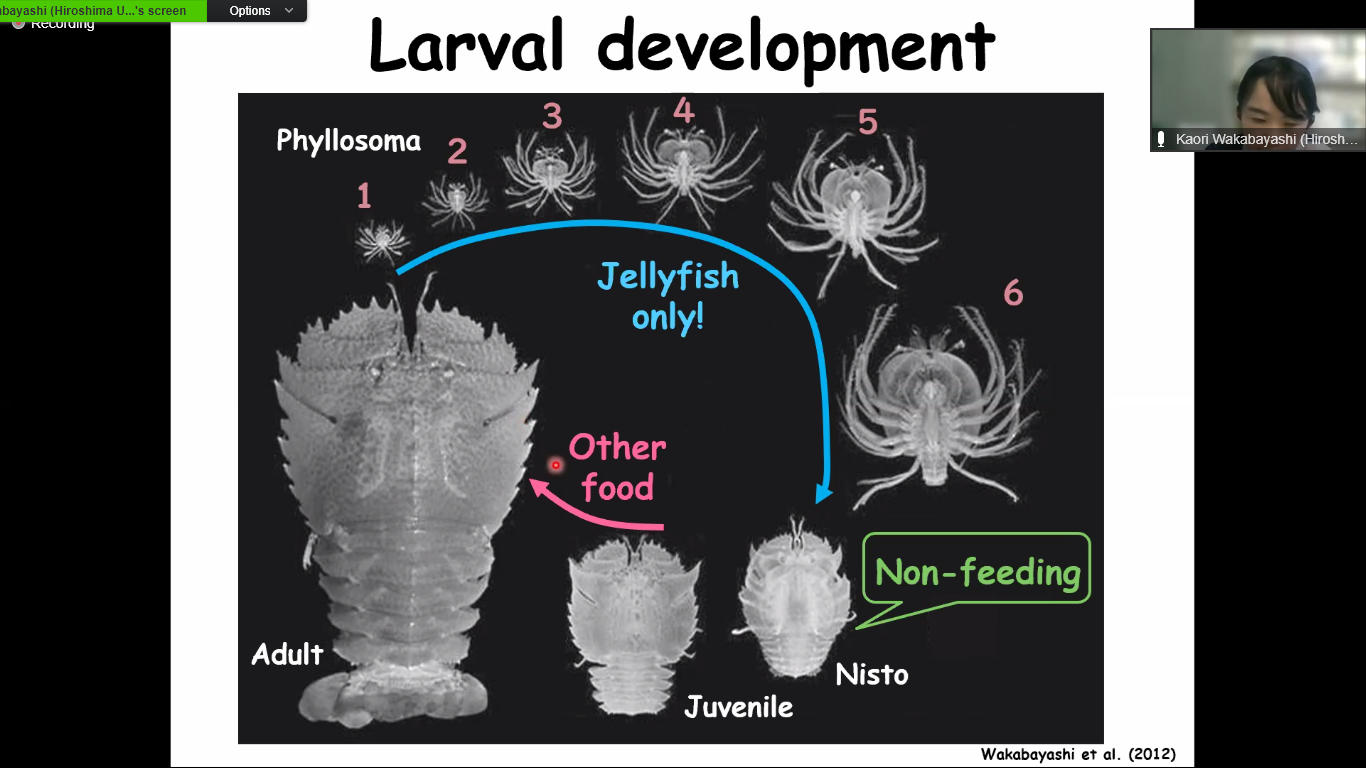
Figure 6. The larval development of lobster presented by Assoc. Prof. Wakabayashi
After listening to the two guests who shared their research stories, a free talk room was provided to the owners Assoc. Prof. Izumi and Assoc. Prof. Wakabayashi. Everyone could join this breakout room to ask questions for the room owner, who answered and discussed related issues. This discussion section was quite lively for the guests. This is really a good opportunity to exchange culture and knowledge from top universities in each country.
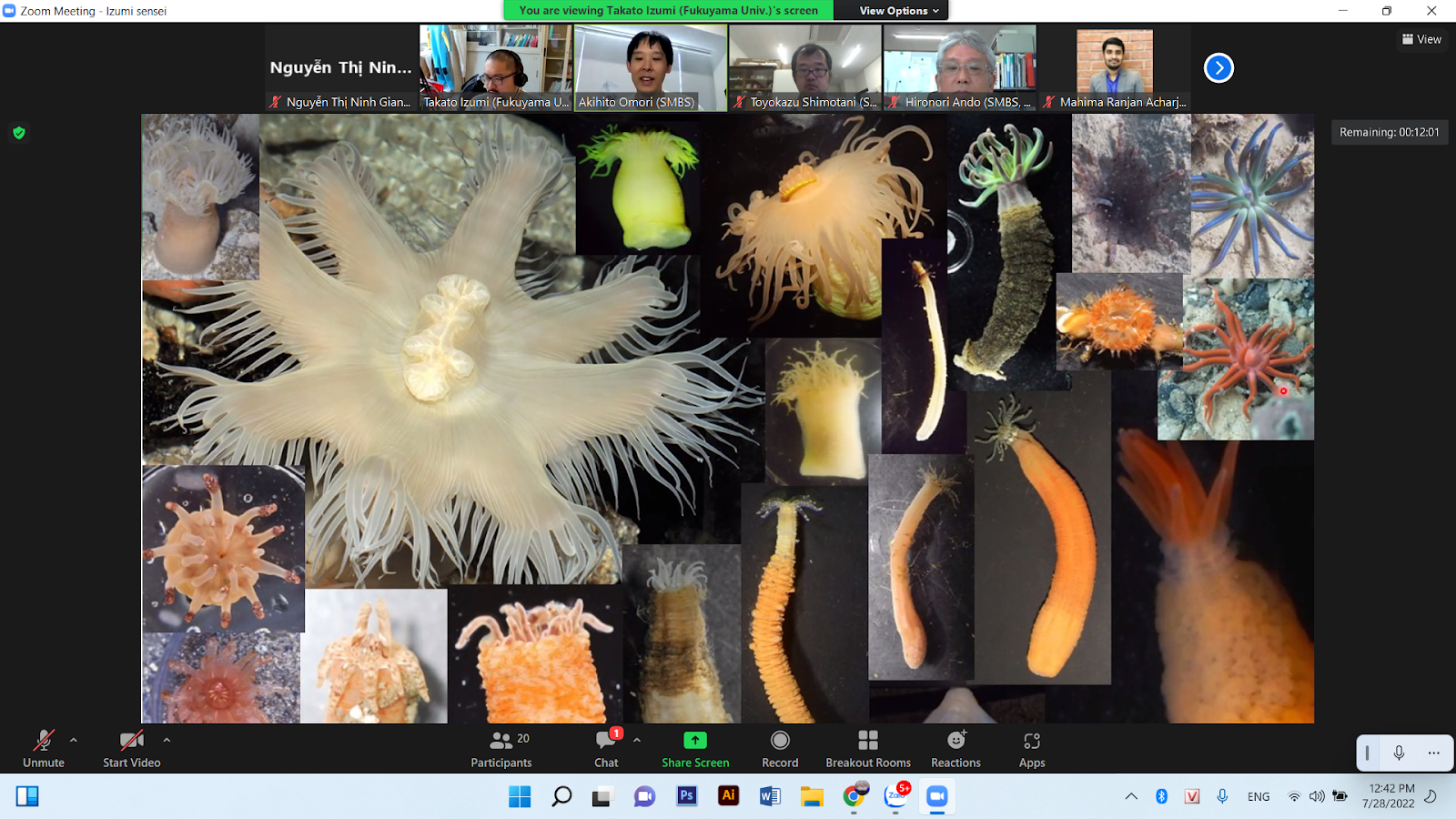
Figure 7. Assoc. Prof. Izumi answered the question
After chatting with the invited speaker, Dr. Toyota, SMBS and Dr. Khan, CVASU gave a lecture on "Dynamics of marine ecosystems of plankton & phytal animals". First, Dr. Toyota, SMBS presented about the diversity of animals living in the regions around the Sea of Japan, and he classified animals by group: benthos, nekton and plankton. Next, we watched a video about collects organisms sea sparkle (dinophyta) by him. The video was very beautiful and attracted us by the strange sea creatures. Finally, Dr. Khan from CVASU, told us about the survey of phytal animals on the sargassum sp., and how to sort and collect the phytal animals. He then compared clusters of animals between "brifting" and "non-brifting" based on a pilot survey on Sado Island (in July 2022).
A live streaming showed us about phytal animals, conflict arises during parental care, comparision between “maternal provisioning lecithotrophic” and “maternal provisioning matrotrophics”, methods, comparision of reproductive effort, pairwise comparision in fecundity, size variation of offspring, how does viviparous P. parvivipara arrages different sized young? within a gonad.
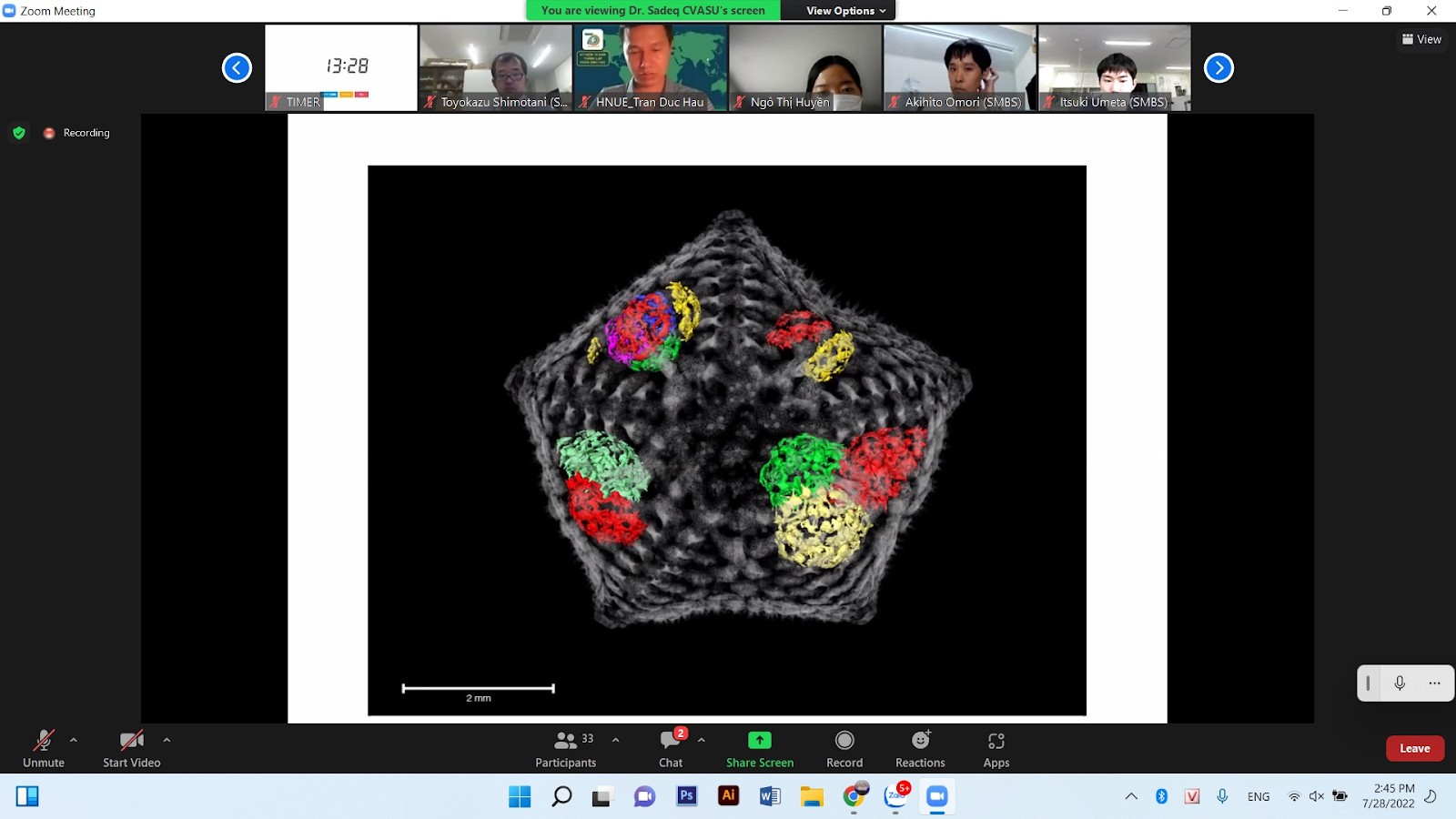
Figure 8. The anatomy of P. parvivipara
Although the course takes place in the form of online, it has also brought many interesting experiences and knowledge for participants. Thanks to the sponsorship of Sakura Science, Niigata University and the participation of 9 universities. Hope the next year, students will have the opportunity to experience Sado Island directly.
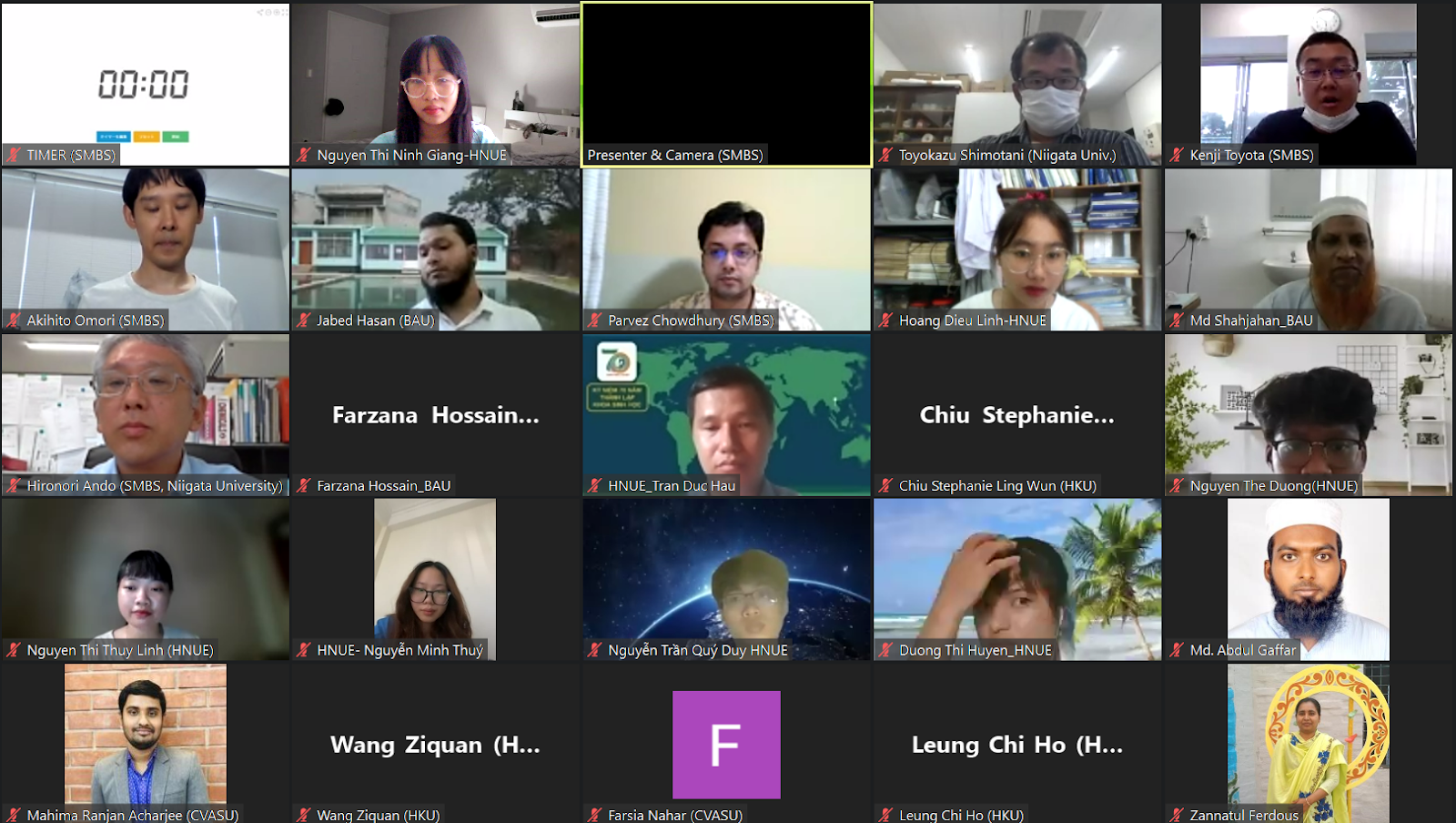
Figure 9. Took a photo and said goodbye
Report and photos by All participants in July 2022